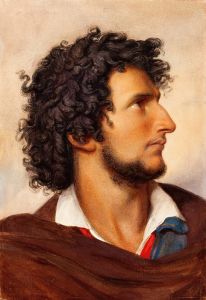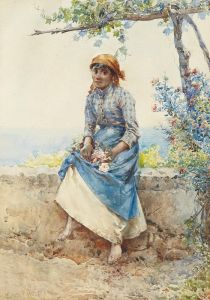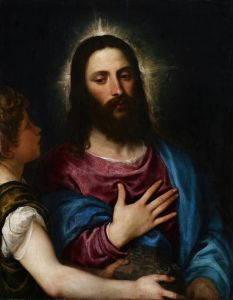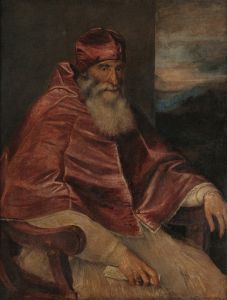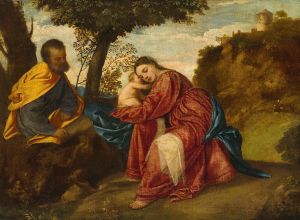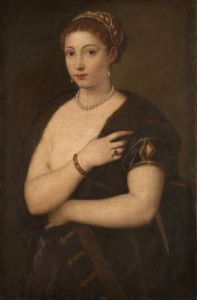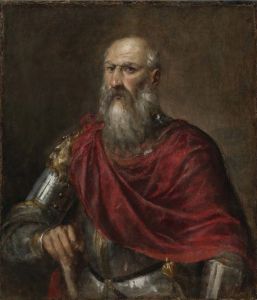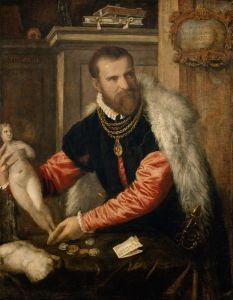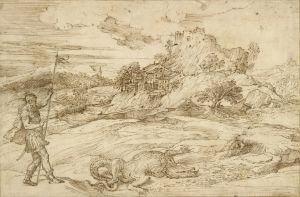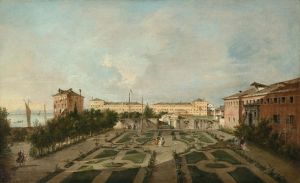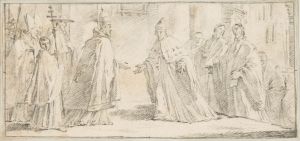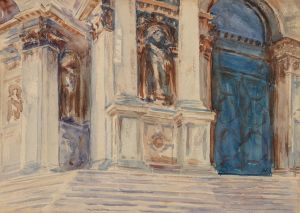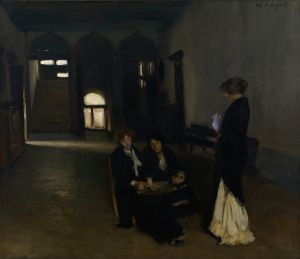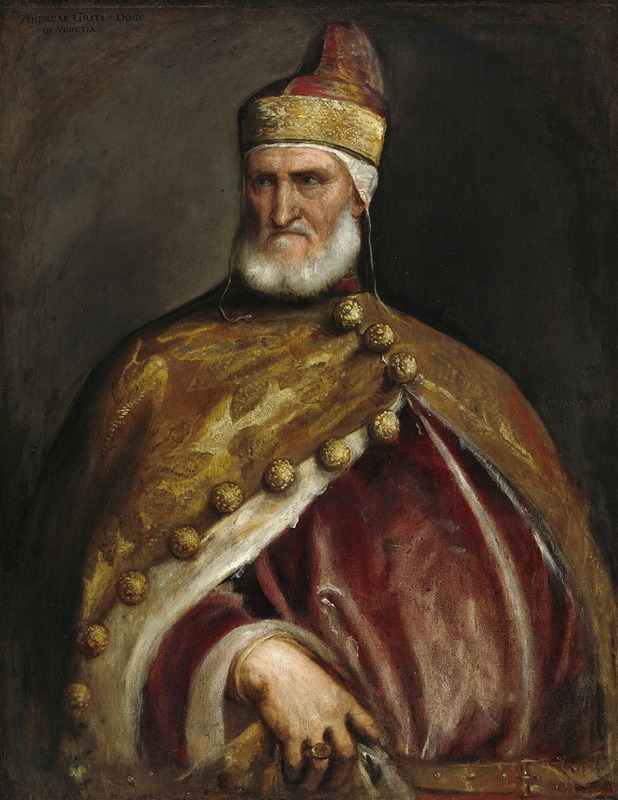
Doge Andrea Gritti
A hand-painted replica of Titian’s masterpiece Doge Andrea Gritti, meticulously crafted by professional artists to capture the true essence of the original. Each piece is created with museum-quality canvas and rare mineral pigments, carefully painted by experienced artists with delicate brushstrokes and rich, layered colors to perfectly recreate the texture of the original artwork. Unlike machine-printed reproductions, this hand-painted version brings the painting to life, infused with the artist’s emotions and skill in every stroke. Whether for personal collection or home decoration, it instantly elevates the artistic atmosphere of any space.
"Doge Andrea Gritti" is a renowned portrait painting by the Italian Renaissance master Titian. This artwork depicts Andrea Gritti, who served as the Doge of Venice from 1523 until his death in 1538. Titian, whose full name was Tiziano Vecellio, was one of the most prominent painters of the 16th century and a leading figure of the Venetian school. His work is celebrated for its vibrant color, innovative compositions, and masterful use of light and shadow.
The portrait of Doge Andrea Gritti is believed to have been painted around 1545, during the later years of Titian's career. This period was marked by his mature style, characterized by loose brushwork and a rich, warm palette. The painting captures the commanding presence of Gritti, who was known for his diplomatic skills and leadership during a turbulent time in Venetian history. Gritti's tenure as Doge was marked by efforts to maintain Venice's independence and influence amidst the shifting political landscape of Renaissance Europe.
In the portrait, Gritti is depicted wearing the traditional ceremonial robes of a Doge, which include a richly embroidered mantle and a distinctive corno ducale, a stiff, horn-shaped cap that was a symbol of his office. Titian's portrayal is notable for its psychological depth, conveying both the dignity and the complex character of the sitter. The artist's skillful rendering of textures, from the luxurious fabrics to the aged skin of the Doge, demonstrates his mastery of the medium.
The painting is also significant for its historical context. Andrea Gritti was a key figure in the politics of his time, having played a crucial role in negotiating peace treaties and alliances. His leadership helped to stabilize Venice during a period of external threats and internal challenges. Titian's portrait not only serves as a likeness of Gritti but also as a testament to his legacy and the esteem in which he was held.
"Doge Andrea Gritti" is housed in the Palazzo Ducale (Doge's Palace) in Venice, where it remains an important part of the city's artistic heritage. The painting is a prime example of Titian's ability to combine realism with an idealized representation, capturing both the physical appearance and the essence of his subjects. It stands as a testament to the enduring power of portraiture and the skill of one of history's greatest painters.
Titian's work, including this portrait, has had a lasting impact on the art world, influencing generations of artists and contributing to the development of portrait painting as a genre. His innovative techniques and profound understanding of human character continue to be studied and admired today. The portrait of Doge Andrea Gritti remains a significant piece within Titian's oeuvre and a valuable cultural artifact of the Renaissance period.





